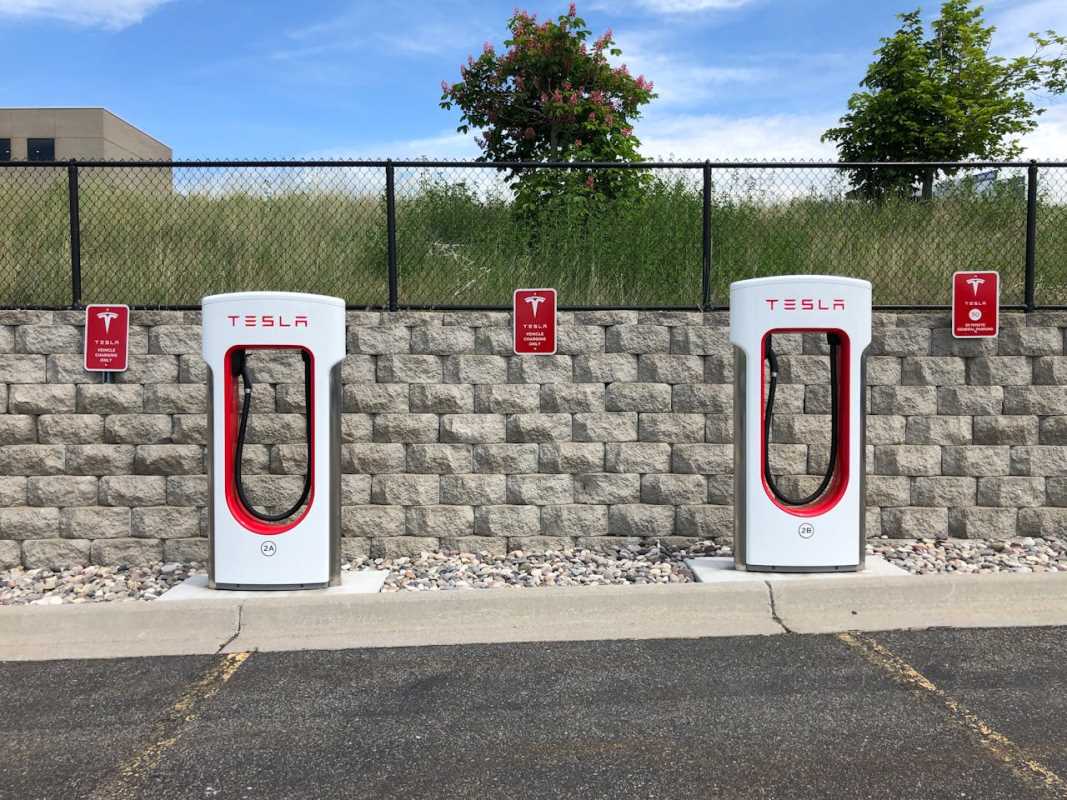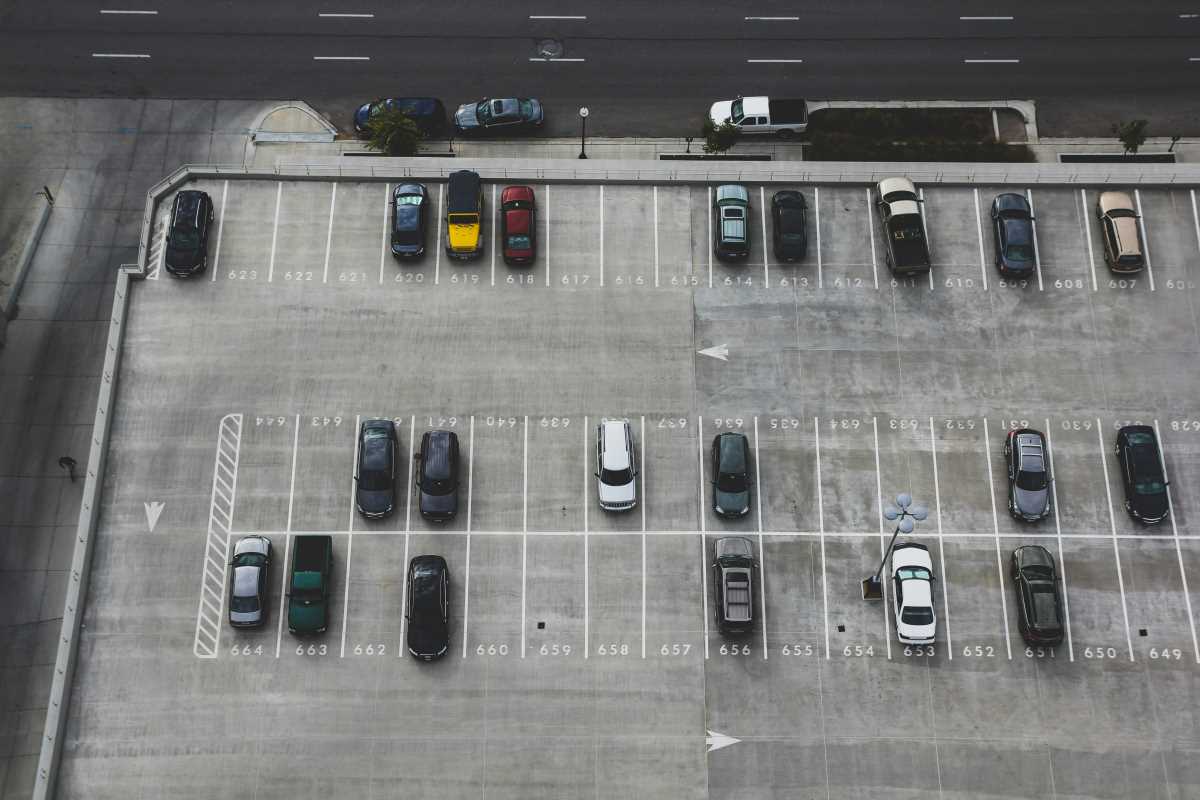Life gets busy, and sometimes important tasks like paying an insurance bill can fall through the cracks. It might seem like a small oversight, but letting your auto insurance policy lapse—even for a day—can create a surprising number of challenges. A lapse in coverage is more than just a missed payment; it can lead to legal troubles, financial risks, and difficulty securing affordable insurance in the future. We believe that understanding these consequences is the first step to protecting yourself and staying in control. We’re here to walk you through exactly what happens when a policy lapses and provide the supportive guidance you need to avoid this situation.
Defining a Lapse in Auto Insurance Coverage
An auto insurance lapse occurs when you no longer have an active policy. This typically happens for one of two main reasons: you miss a premium payment and the grace period expires, or you intentionally cancel your policy without having a new one in place. The period of time you are without coverage can last anywhere from a single day to several months.
Many drivers mistakenly believe that as long as they aren't driving, they don't need insurance. This is a common misconception. Nearly every state requires registered vehicles to be continuously insured, regardless of how often they are used. A lapse means you are no longer meeting this legal requirement, which opens you up to a series of immediate and long-term consequences. Let's explore what those look like.
The Immediate Consequences of a Coverage Lapse
The moment your policy lapses, you are exposed to significant risks. These consequences can be both financial and legal, and they often happen faster than you might think.
1. You Are Driving Illegally
The most immediate issue is a legal one. Driving without insurance is against the law in almost every state. If you are pulled over for any reason, from a broken taillight to speeding, you will be required to show proof of insurance. Failing to provide it can result in serious penalties.
These penalties vary by state but can include:
- Heavy Fines: Fines for driving uninsured can range from a few hundred to several thousand dollars.
- License Suspension: Many states will suspend your driver's license, which requires a reinstatement fee to get back.
- Vehicle Impoundment: Law enforcement may have your vehicle towed and impounded, leaving you with towing fees and daily storage costs.
- SR-22 Requirement: You might be required to file an SR-22 certificate with your state's DMV. This is a document from an insurer that proves you have purchased at least the state-mandated minimum liability coverage. It labels you as a high-risk driver and can make insurance more expensive.
2. You Are 100% Financially Responsible for Accidents
This is the most significant financial risk. Without insurance, you have no safety net. If you cause an accident during a lapse, you are personally responsible for all resulting damages. This includes repair costs for the other person’s vehicle and property, as well as their medical bills, lost wages, and potentially pain and suffering.
Consider a simple fender bender that results in $3,000 of damage to the other car. You would have to pay that entire amount out of your own pocket. Now imagine a more serious accident where the other driver is injured. Medical costs can quickly escalate into tens or even hundreds of thousands of dollars. A court could order your wages to be garnished or place a lien on your assets, like your home, to cover these costs.
Even if you aren't at fault, you still face challenges. Many "No Pay, No Play" states limit your ability to recover damages from an at-fault driver if you were uninsured at the time of the crash. You might not be able to sue for non-economic damages like pain and suffering.
3. Your Lender May Force-Place Insurance
If you have a loan or lease on your vehicle, your lender requires you to maintain continuous collision and comprehensive coverage to protect their investment. Lenders are automatically notified by insurers when a policy is canceled or lapses.
If this happens, your lender will likely purchase a policy on your behalf, known as "force-placed" or "lender-placed" insurance. This type of coverage is extremely expensive and only protects the lender’s interest—it does not provide any liability protection for you. The high premium for this force-placed policy will be added to your monthly car payment, making it much harder to manage your budget.
Long-Term Effects of Letting Your Policy Lapse
The problems caused by a coverage lapse don’t end once you get a new policy. The effects can follow you for years, making it more difficult and expensive to stay insured.
Higher Future Premiums
Insurance companies see a lapse in coverage as a sign of increased risk. A driver who has let their policy lapse is statistically more likely to file a claim in the future. As a result, when you apply for a new policy, you will almost certainly face higher premiums than someone with a continuous insurance history.
The length of the lapse matters. A lapse of just a few days might cause a small increase, but a lapse of 30 days or more can cause your rates to jump significantly. Some insurance companies may even refuse to offer you a policy at all, forcing you to seek coverage from insurers who specialize in high-risk drivers at a much steeper cost.
Loss of Loyalty Discounts and Benefits
Maintaining a long-term relationship with an insurance provider often comes with rewards. Many companies offer loyalty discounts that grow the longer you stay with them. A claims-free history can also earn you significant savings over time.
When your policy lapses, you sever that relationship. Upon your return, you will be treated as a new customer. This means you will lose any tenure-based discounts you had accumulated, and the clock on your claims-free record will reset to zero. You’ll have to start from scratch to earn back those valuable savings.
How to Prevent a Lapse in Coverage
We know this sounds daunting, but the great news is that preventing a lapse is entirely within your control. Taking a few simple, proactive steps can help you stay continuously covered and avoid these stressful consequences.
- Set Up Automatic Payments: This is the easiest way to ensure your bill is always paid on time. You can arrange for your premium to be automatically deducted from your bank account or charged to a credit card each month.
- Know Your Grace Period: Most insurers offer a grace period—a set number of days after your due date during which you can pay your premium without the policy lapsing. This period can range from a few days to a month. Understand your insurer’s policy so you know how much time you have.
- Communicate with Your Insurer: If you know you are going to have trouble making a payment, call your insurance company. Many providers are willing to work with you, perhaps by adjusting your due date or setting up a different payment plan. It’s always better to communicate than to simply miss a payment.
- Never Cancel Before You're Covered: If you are switching insurance companies, make sure your new policy is active before you cancel your old one. Aim for the new policy to start on the same day the old one ends to avoid even a single day of lapsed coverage.
 (Image via
(Image via





